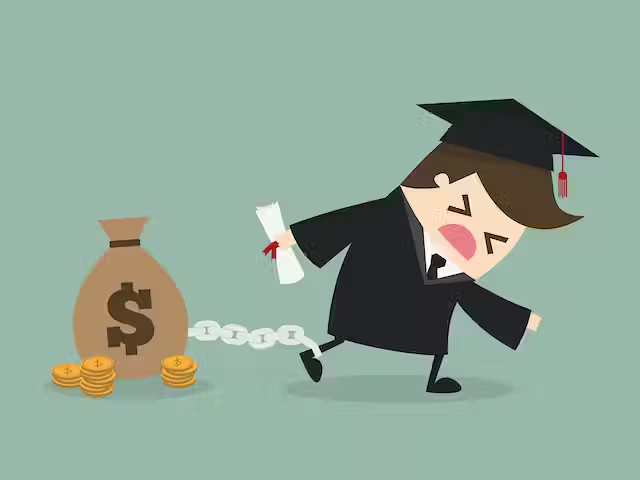In the United States, college enrollment is declining, with a noticeable drop in freshman enrollment. This trend, influenced by financial strain and questions about the return on investment of a degree, is most significant in bachelor’s programs at both public and private institutions.
The decline in US college enrollment : Introduction
The decline in US college enrollment : College enrollment has long been considered a cornerstone of the American Dream, providing individuals with the tools necessary to build a successful future. However, recent figures highlight a concerning trend in the United States, with a notable 3.6% drop in freshman enrollment, as reported by the National Student Clearinghouse Research Center. This decline, exacerbated by the challenges posed by the Covid-19 pandemic, is particularly pronounced in bachelor’s programs at both public and private institutions, signaling a shift in the traditional pathways to success.
ALSO READ : Father Muller Medical College Marks 25 Years Of Excellence With The Grand ‘Argentum-2024’ Conference

Stagnation in college completion rates
The decline in US college enrollment : Not only are fewer students enrolling, but college completion rates have also hit a standstill. A mere 62% of students who embarked on their educational journey in 2017 have successfully graduated, a figure that has seen little improvement since 2015. A significant factor contributing to this stagnation is the financial strain placed on students, with 29% citing challenges such as soaring program costs, inflation, and the difficulty of balancing employment with education as reasons for discontinuation.

Financial strain and the question of ROI
The decline in US college enrollment : The rising financial burden of higher education is becoming increasingly apparent, leading students to question the return on investment of obtaining a college degree. This concern is particularly acute among low-income students, many of whom are opting to forgo enrollment altogether. Despite President Joe Biden’s promise of up to $20,000 in debt forgiveness, a plan blocked by the Supreme Court, the issue of student debt remains a significant deterrent to pursuing higher education.

Federal efforts to alleviate education debt
The decline in US college enrollment : In response to the mounting student debt crisis, the Biden administration has taken steps to address the issue. Through initiatives like the Public Service Loan Forgiveness and income-driven repayment plans, over $127 billion in education debt has been canceled for more than 3.5 million borrowers. While these measures offer a glimmer of hope to those burdened by education debt, their overall impact on future enrollment patterns remains uncertain.

Mixed signals : Signs of rebound and lingering concerns
Despite the overall decline, some colleges, such as Cayuga Community College, have shown signs of a rebound. First-year enrollments at Cayuga increased by 10% from fall 2022 to fall 2023, a promising development after the institution experienced a 36% drop in annual full-time equivalent student enrollment over a five-year period. The college’s initiatives, including the construction of wellness centers and new advisement models, highlight the efforts institutions are making to adapt to changing circumstances.

Changing dynamics : The gender gap in enrollment
An interesting aspect of the enrollment decline is the noticeable gender disparity. Men account for the majority of the decline in college and university enrollments, with numbers down 1.2 million from their peak in 2011. In contrast, women show a more modest decrease, with only 0.2 million fewer enrolled compared to peak 2011 numbers, according to the Pew Research Center. These trends underscore the changing dynamics of higher education in the US and suggest broader implications that extend beyond the classroom.

Conclusion
The decline in college enrollment in the United States is a multifaceted issue with deep-rooted causes, ranging from the economic impacts of the Covid-19 pandemic to the escalating costs of higher education. While federal efforts to address student debt provide a ray of hope, the overall impact on enrollment patterns remains uncertain. The evolving landscape of higher education, as exemplified by both challenges and potential rebounds at institutions like Cayuga Community College, calls for a comprehensive examination of the factors influencing these trends and the development of innovative solutions to ensure access to quality education for all.
To explore more news : Click Here
ALSO READ : EOU Spearheads Innovative Mental Health Counseling Program To Tackle Rural Shortage




































